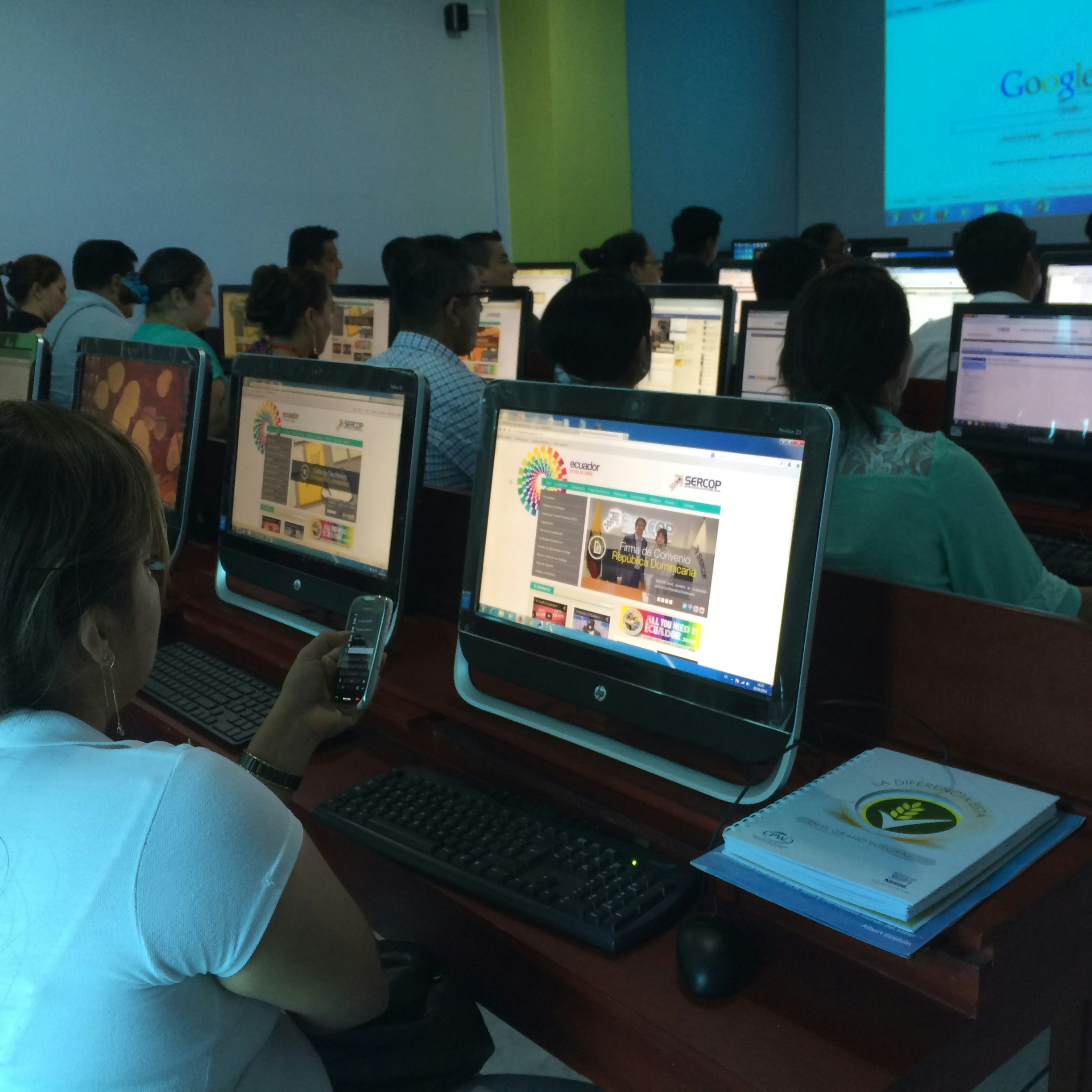The Coverage Gap: A Closer Look at the Uninsured Population in the South
Did you know that 97% of the people in the coverage gap live in the South? It’s a staggering statistic that highlights the disparities in healthcare access in this region. Let’s dive deeper into this issue and understand why so many adults are left without health insurance.
The Concentration in Three States
When we talk about the coverage gap, we’re primarily referring to three states in the South: Texas, Florida, and Georgia. These states have very limited Medicaid eligibility, resulting in a large uninsured population. In fact, four in ten people in the coverage gap reside in Texas alone. Florida and Georgia account for one in five and 13% of the population in the coverage gap respectively.
The Medicaid Expansion Debate
One of the reasons for the high uninsured rates in the South is the fact that seven out of the 16 states in this region have not adopted the Medicaid expansion. This means that more poor, uninsured adults are left without access to affordable healthcare. It’s a concerning situation that needs to be addressed.
The Working Poor
Contrary to popular belief, nearly six in ten people in the coverage gap are in a family with a worker, and almost half of them are working themselves. However, the low-wage jobs they have often result in incomes below the poverty line. This makes it difficult for them to afford health insurance, even if it’s available through their employers. Common jobs among adults in the coverage gap include cashiers, cooks, waiters/waitresses, construction laborers, maids/housecleaners, retail salespersons, and janitors.
Racial Disparities
Another alarming fact is that people of color are disproportionately represented in the coverage gap. Over six in ten people in the coverage gap are people of color, which is higher than the national average for non-elderly adults. These disparities contribute to the ongoing inequalities in health insurance coverage based on race and ethnicity.
The coverage gap is a complex issue that requires attention and action. It’s crucial for policymakers to address the gaps in Medicaid eligibility and expand access to affordable healthcare for all. Only then can we ensure that everyone has the opportunity to lead a healthy life, regardless of their income or where they live.










Comments are closed, but trackbacks and pingbacks are open.